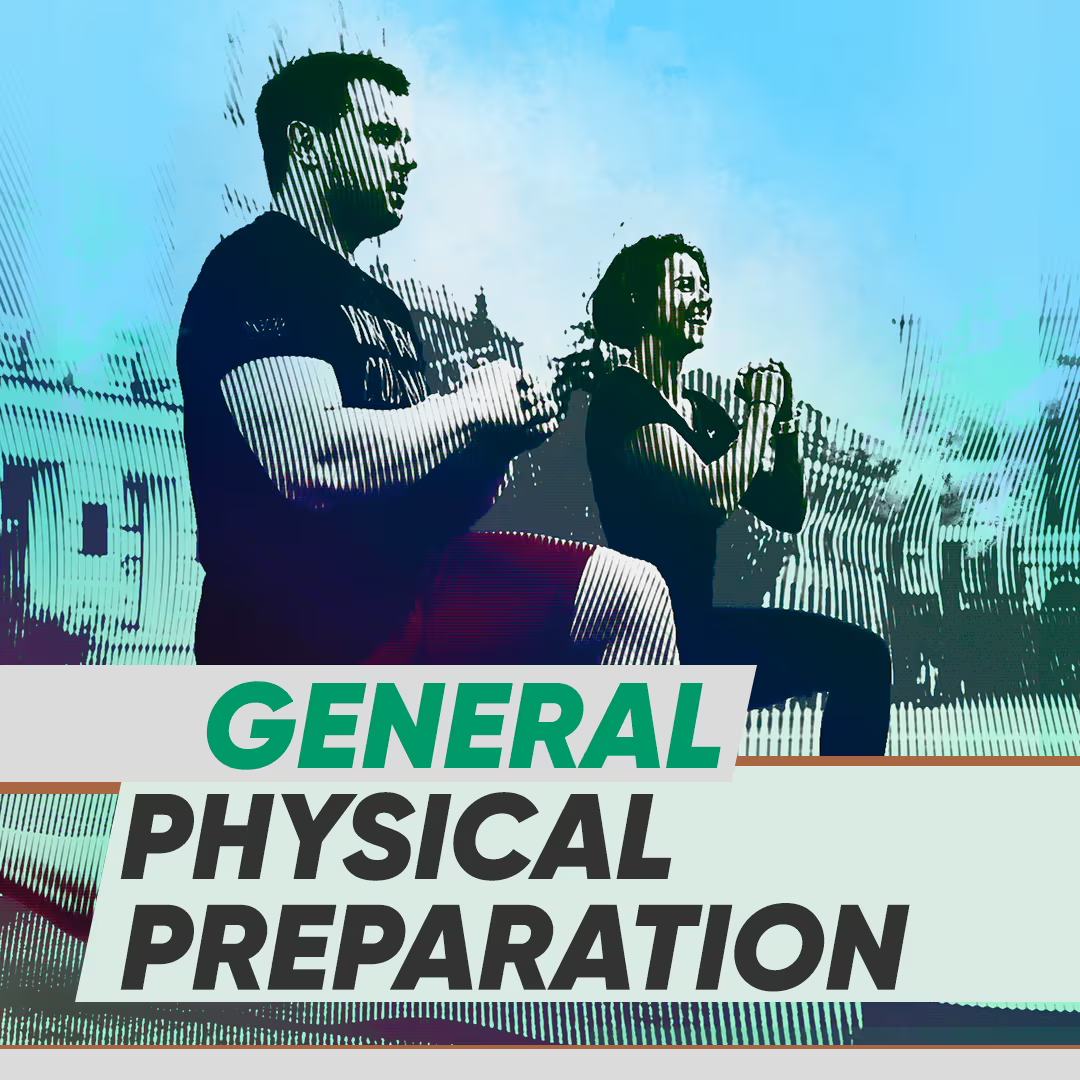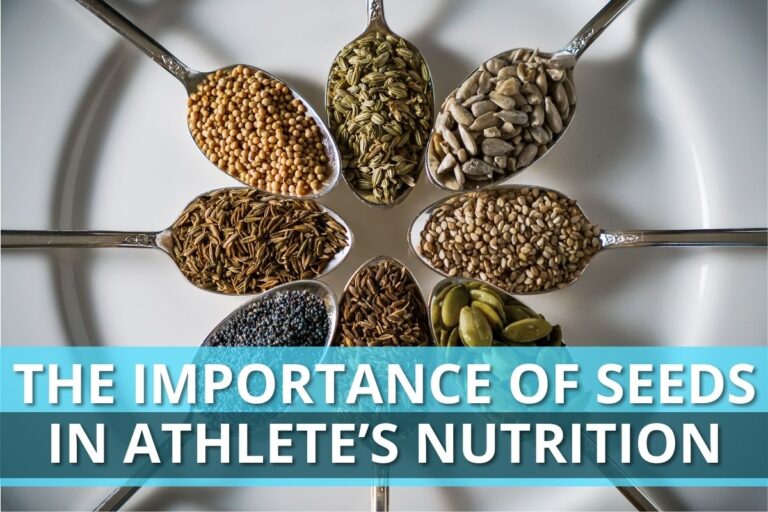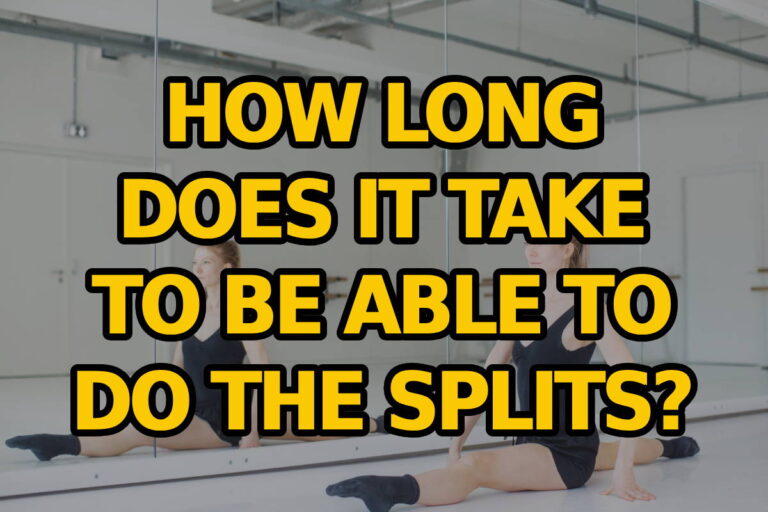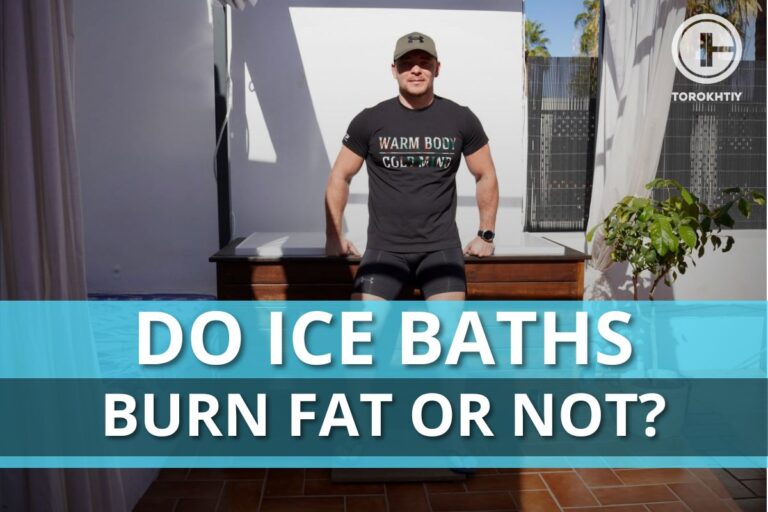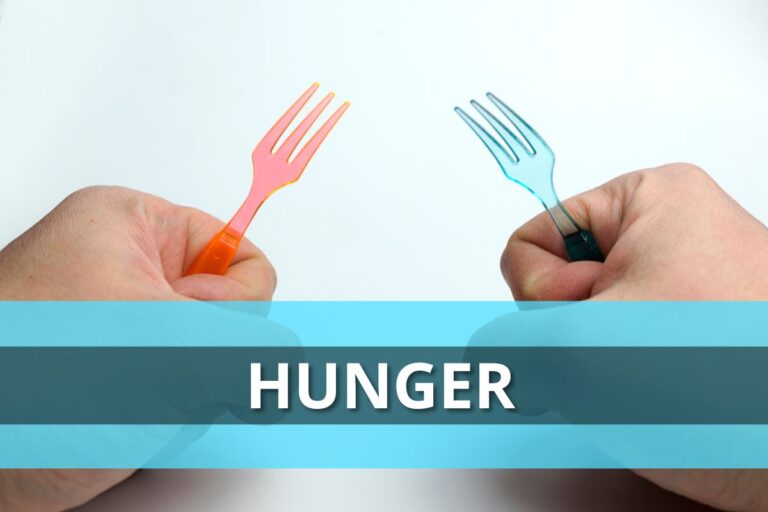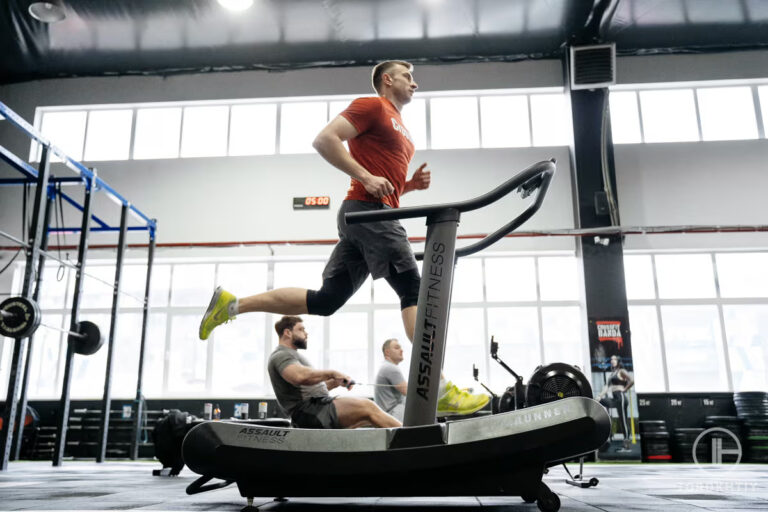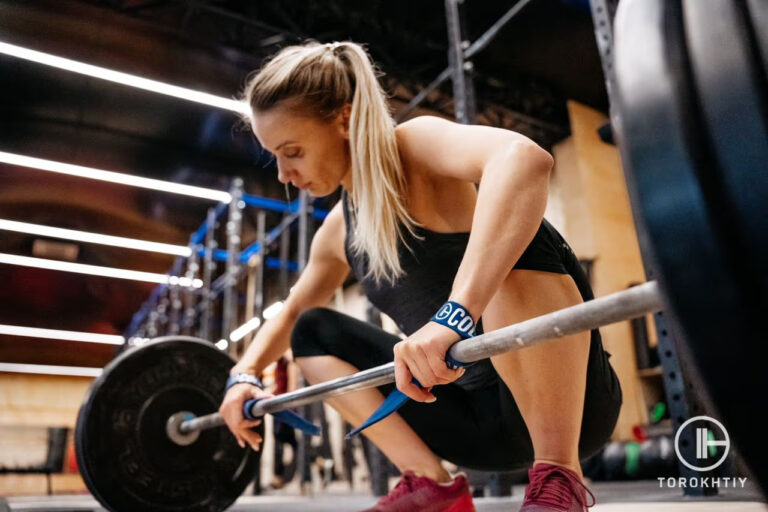Elbow Pain from Pull Ups: Reasons and Solutions
In strength training we embark in the endless pursuit of getting better and stronger. In this pursuit, the pull up stands as a loyal exercise, requiring endurance, resilience and high grip strength.
Nevertheless, as with many exercises, the pull up and its mastery can come with a persistent enemy: elbow pain. In this article, we’ll embar on a journey into understanding the pull up and why it can come with elbow discomfort.
The pull up, one of the fundamental strength exercises in the arsenal of strength training enthusiasts, activates a web of muscles, tendons and joints. While we all know all its ¨pulling strength¨ benefits, the strain it puts on the elbow joint is no stranger among athletes.
As we study this type of injury, we will understand the biomechanics and anatomy, understanding as well the causes of elbow pain from pull ups and what we can do about it.
Are pull ups the root of your elbow pain? Yes, you can start getting elbow pain from pull ups. This exercise produces a lot of strain in the elbow joint and tendons, proper form and equally important warm up can help you adjust and adapt for improving your pull ups.
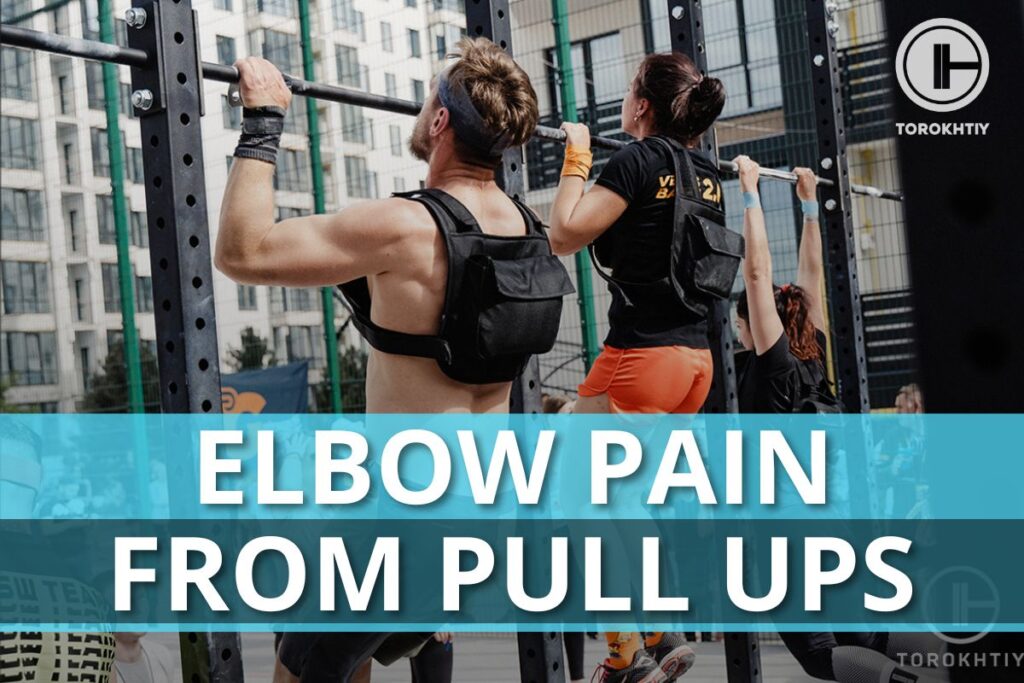
What Causes Elbow Pain from Pull-Ups?
Elbow pain after pull ups often comes from overuse or improper form. The possibilities are between hyperextension, gripping too tightly or maybe muscle imbalance that could put too much pressure in tendons, leading to discomforts like the common epicondylitis or golfer’s elbow.
Let’s get through some of the possible causes of pull up injury:
1. Repetitive Strain and Overuse
Performing an excessive amount of pull ups without the proper rest can strain the elbow joints and tendons, possibly causing tendon microtrauma from repeatedly putting so much pressure and overtime leading to inflammation and pain. Pull Ups require you to put a significant load on the forearms and elbow tendons, especially on the eccentric phase, overusing this makes the load even bigger and potentially exceeding the capacity of the tendon to handle the pressure and stress.
2. Incorrect form
Pull Ups are performed with an overhand grip (palms facing away from you) with your hands slightly wider than shoulder-width apart. Biomechanically, pull ups use shoulder adduction as the elbows pull down and back from the sides during the movement, training the lats and upper back in a slightly different way than chin ups. Straying from this technique, for example, using too wide a grip on the bar, could lead to you placing too much strain on your tendons, possibly cousin tendonitis and leading you to having elbow pain when doing pull ups.
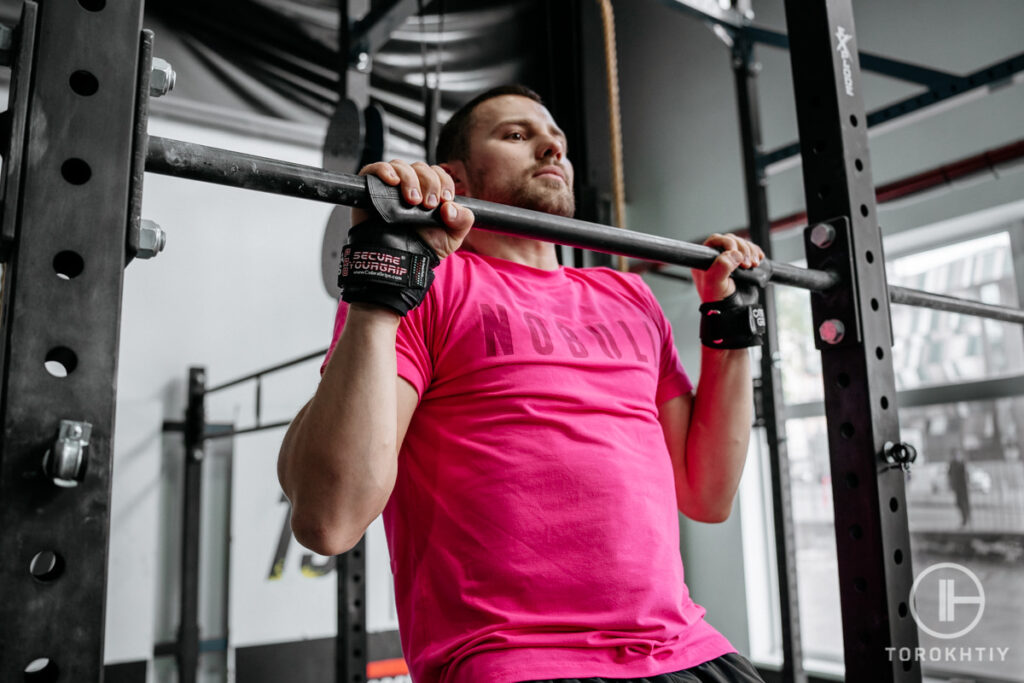
3. Muscle Imbalances
In pull ups, various muscle groups are involved: shoulders, forearms, triceps, biceps, upper back, lower back and abs. Having, for example, weakness in forearm and grip strength can result in having more pressure in the tendons of the elbow, putting them at risk of developing inflammation and leading us to experience elbow pain during chin ups.
4. Insufficient Warm-up
We all know that warm up is important, it makes the blood flow, makes the body feel better, but most ignore that a proper warm up can make you tendons more pliable, making them ready for having and resisting strain from the pull ups, letting us skip what possible could be weeks of discomfort and elbow pain after pull ups.
5. Improper Rehabilitation
If we fail to address a former elbow pull up injury and adequately rehabilitate it we could be opening a gateway for a resurface of that injury, if the tendons and muscles are not ready to go back and have all that pressure on them it coy¡uld result into a worse injury and possibly having to stop for longer than before.
How to Treat and Prevent Elbow Pain From Pull UPS (Diagnosis, Recovery, Treatment)
Elbow pain from pull ups could also be called tennis elbow or golfer’s elbow, it is a condition that causes pain around the outside of the elbow. It’s clinically known as lateral epicondylitis. It often happens after overuse or repeated action of the muscles of the forearm, near the elbow joint. You may notice pain on the outside of the elbow, which may travel down the forearm when:
- lifting or bending your arm
- when gripping small objects, such as a pen
- when twisting your forearm, such as turning a door handle or opening a jar
You may also find it difficult to fully extend your arm.
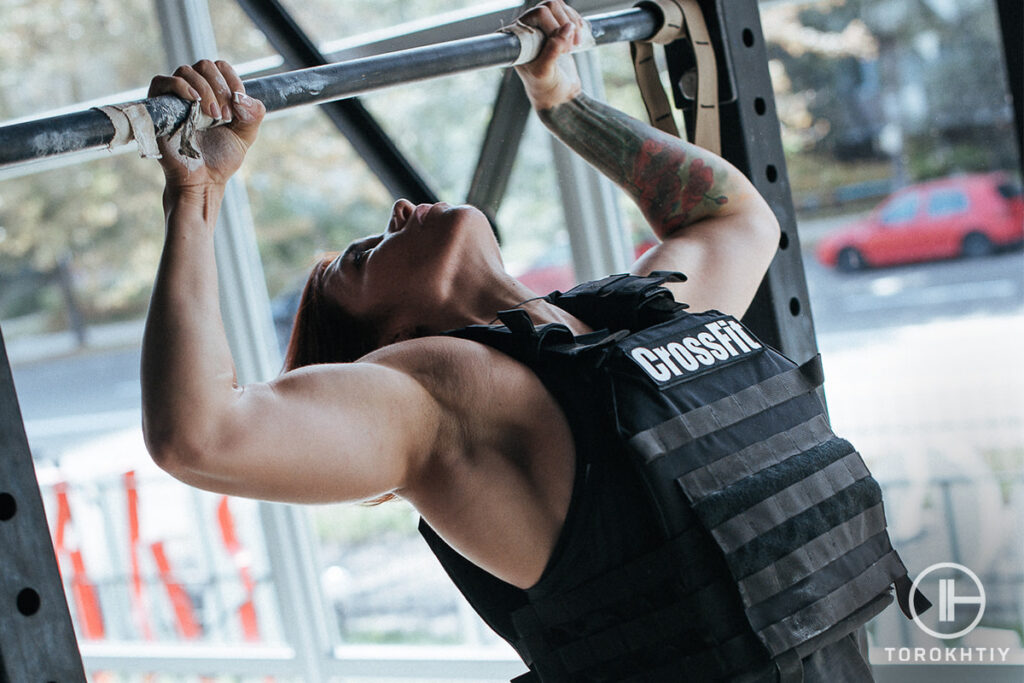
Tennis elbow will get better without treatment (known as a self-limiting condition). It could usually last between 6 months and 2 years, with most people (90%) making a full recovery within a year. The most important thing to do is to rest your injured arm and stop doing the activity that caused the problem.
There are also simple treatments to help with the pain, like holding a cold compress, such as a bag of frozen peas wrapped in a towel, against your elbow for a few minutes several times a day. Let’s number a couple of treatments we can use when we’re faced with Elbow pain:
1. Painkillers and Non-steroidal Anti-inflammatory Drugs (Nsaids)
Taking painkillers, such as paracetamol, and NSAIDs, such as ibuprofen, may help ease mild pain and inflammation caused by tennis elbow. NSAIDs are available as tablets or creams and gels (topical NSAIDs), which are applied directly to the area of your body where there is pain. Topical NSAIDs are often recommended for musculoskeletal conditions, such as tennis elbow, rather than anti-inflammatory tablets. This is because they can reduce inflammation and pain without causing side effects, such as feeling sick (nausea) and diarrhea. Some NSAIDs are only available with a prescription. A GP or pharmacist will be able to recommend a suitable NSAID.
2. Physiotherapy for Elbow Pain
The specialist may refer you to a physiotherapist if your elbow pain is causing more severe or persistent discomfort. Physiotherapists are healthcare professionals who use a variety of methods to restore movement to injured areas of the body.
The physiotherapist may use manual therapy techniques, such as massage and manipulation, to get rid of the pain and stiffness, and encourage blood flow to your arm. They can also teach you some exercises you can do to keep your arm mobile and strengthen your forearm muscles.
The use of a brace, strapping, support bandage or splint (called an orthosis) may also be recommended in the short term.
3. Shockwave Therapy for Elbow Pain
Shockwave therapy is a great alternative for care as it is a non-invasive treatment, where high-energy shock waves are passed through the skin to help ease pain and promote movement and recovery in the area treated.
The number of sessions you will need depends on the injury and patient. In some cases you may have a local anesthetic to reduce any pain or discomfort during the procedure. Shockwave therapy, while completely safe, can cause quite minor side effects that could include bruising and reddening of the skin in the area treated. Some research shows that shockwave therapy can help improve the elbow pain. However, it may not be as effective in all cases, and further research is needed.
4. PRP Injections for Elbow Pain
Platelet rich plasma (PRP) is a treatment sometimes offered by surgeons hospitals to treat elbow pain.
PRP is blood plasma that contains concentrated platelets that your own body uses to repair damaged tissue. Injections of PRP have been shown to speed up the recovery process in some, but their long-term effectiveness is not yet proved.
The specialist will take a blood sample from you and place it in a machine. The process separates the healing cells so they take it from the blood sample and inject it into the affected joint. The procedure could take from 30 – 60 minutes.
3 Treatment Exercises to Minimize Elbow Pain
When dealing with elbow pain after pull ups we can have a big array of treatments we can add to our training sessions to start getting better and back on the bar as soon as possible, we’ll divide these exercises into three parts: Scapular muscle strengthening, wrist and elbow strengthening, and joint mobilizations. Let’s start with the first one:
1. Scapular Muscle Strengthening
In this matrix of exercises we have three that will come in handy to better our strength in the pull ups, we have:
- Isometric scapular retractions: standing straight with arms down on the sides, we’ll try to get our scapula together, as in trying to hold a pencil between them.
- Elastic Resistance Rows with Elbows at side: in this one we’ll be standing up with a resistance band hanging at eye height, we’ll grab a side of the band with one hand and pull the band to us pulling the elbow backwards.
- Prone Extension with or without weight: for this exercise we’ll be laying on a bed with one arm fully extended to one side and hanging down, we’ll externally rotate the shoulder as we bring our extended arm to our shoulder height.
2. Wrist and Elbow Strengthening
Similar to the Scapular Muscle exercises, we have three exercises that will help us get stronger wrists and elbows:
- Short lever Isometric Wrist Flexion and Extension: for the flexion part of this exercise we start with our hand closed and placed on a table with the palm facing down. We’ll press forward letting the table resist our movement. For the Extension part of the exercise will have our closed fist hand on a table with our not involved hand on top of it, resisting the backwards movement with the fingers of the non involved hand.
- Short level Resisted Wrist Extension: sitting with a resistance band in our hand, we pull our wrist up toward the ceiling and slowly lower it.
- Long Lever Resisted Wrist Extension: with your arm extended and placed on a table and holding a weight, we’ll pull the wrist up toward the ceiling and slowly lower it down.
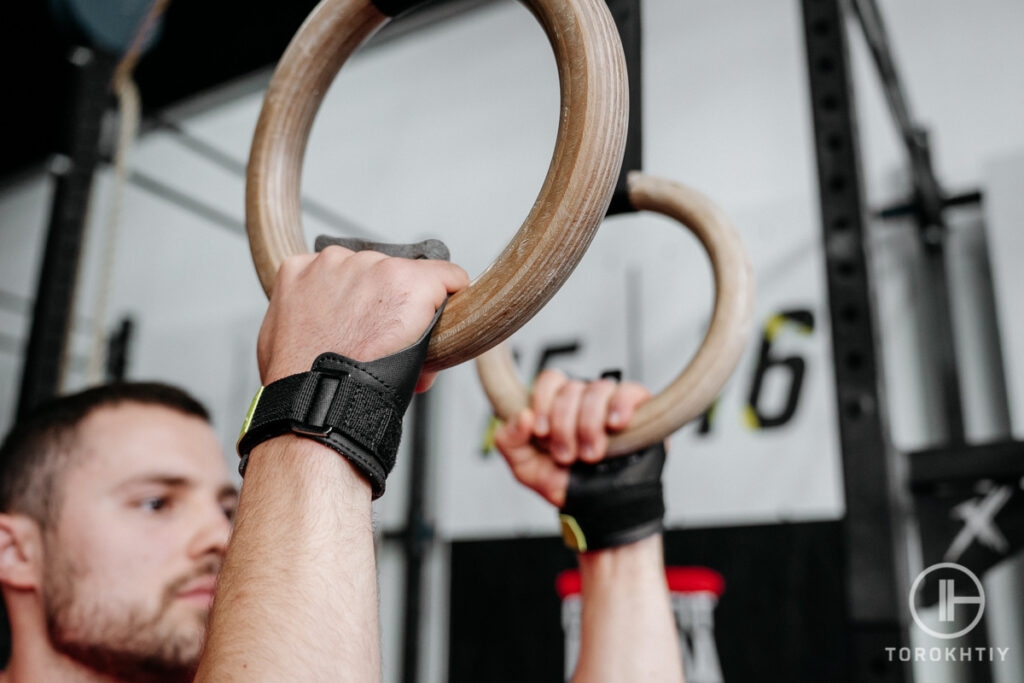
3. Joint Mobilization
With this one there’s a need of having an specialist help you through them, we also have three exercises for improving your joint mobilization, on all these the patient is going to be laying down facing up and the therapist will be standing by their side:
- Sustained lateral glide of elbow with pain free grip: The fingers on the therapist apply pressure on the lateral surface of the distal humerus and laterally mobilize the forearm.
- Sustained lateral glide of elbow with pain free grip and using a mobilization belt: same as the former exercise, but the pressure in the humerus is applied by a mobilizing belt.
- Radiohumeral joint sustained postero-anterior glide with pain free grip: One hand of the therapist stabilizes the distal humerus with the thumb while the other hand applies a postero-anterior glide to the radio-humeral joint.
🔻GENERAL PHYSICAL PREPARATION PROGRAM
🏋️♂️ NO GYM? NO PROBLEM!
Get back in shape with our GPP program – the perfect solution for those who’ve been putting off training due to time constraints or difficulty.
✨ WHAT’S INCLUDED:
- 4-week bodyweight and minimal equipment program
- 3 workouts a week, each lasting 40-60 minutes
- Suitable for all fitness levels
- Focus on regaining muscle strength and overall fitness
💪 BENEFITS:
- Rehabilitate physical shape
- Improve balance and coordination
- Reduce stress, boost mood
- Increase self-confidence and internal energy
How to Do Pull UPS Without Hurting Your Elbows? (Tips to Avoid the Elbow Pain)
Some things can come as the most simple tips but it doesn’t mean they stop being important, to avoid pull up elbow pain one of the first things we should do is:
1. Mobilize and Warm Up
Failing to stretch the elbows in the correct way and otherwise skipping our warming up prior to a set can lead us to elbow pain during pull ups or injury.
To avoid this, perform a dynamic mobility routine before you start your workout, taking extra care to fully stretch and mobilize the elbows through their entire range of motion.
Remember that if you are already experiencing some kind of pain, it is best to stop doing pull-ups temporarily so as to allow for the elbows and tendons to recover.
2. Avoid a Fast Increase of Intensity in Training
All our bodies need time to adapt to a certain level of intensity, with no importance of whether the exerciser is a professional athlete or a novice to resistance exercises. With this in mind, returning to full training intensity after a period away from the gym or maybe switching to a far more advanced program without an adapting week or month can easily lead to conditions like tendinopathy and tennis elbow.
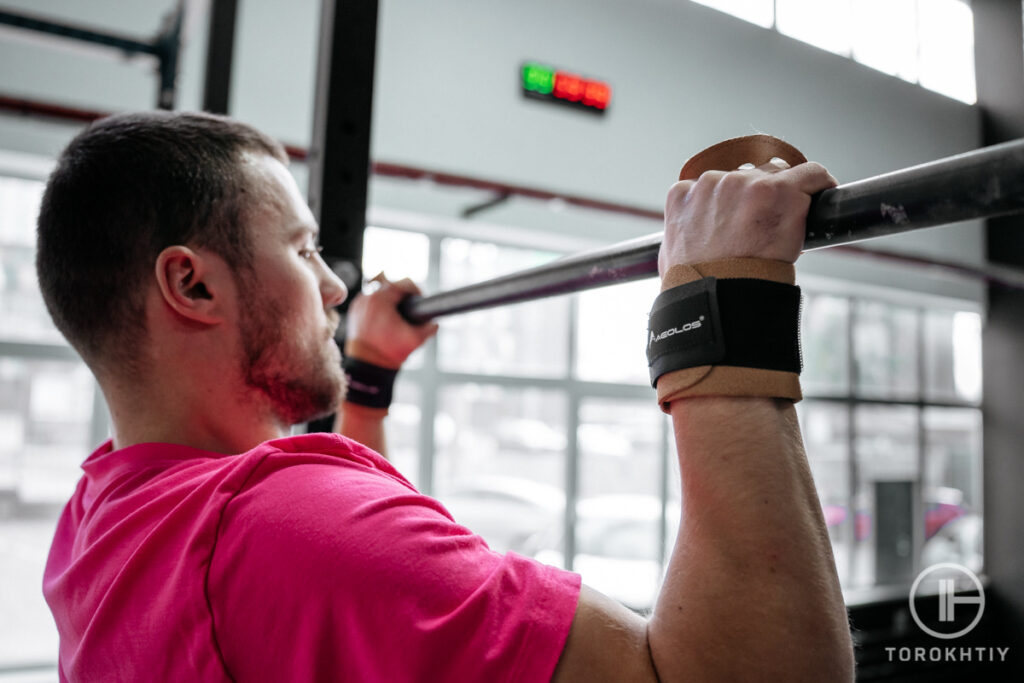
To allow the body sufficient time to adapt to its new stress, it is important to begin every new training program with a lower intensity than is prescribed – slowly increasing the intensity until it has achieved your desired level over the course of several sessions.
3. Allow the Elbow Tissues to Adapt to Stress
Similar to a fast increase of intensity, if the elbow tissues have not been slowly adapted to the strain of resistance training, there is a possibility for them to become injured or irritated by pull-ups.
While this is not common to occur and is easily avoided by following a proper training program, athletes jumping straight into resistance training from a lifestyle of sedentarism are the most likely to suffer from this problem.
To help reduce the intensity of these problems, following a training program specifically geared towards novices or even better, having a program written by a coach specifically for you is the best way to make sure that your elbows are given ample time to adapt.
FAQ
Can Pull-Ups Cause Elbow Tendonitis?
Yes, if done with an improper form and with lack of a proper warm up and adaptation it is possible to get elbow tendonitis from performing pull ups.
Are Pull UPS Bad for Tennis Elbow?
The pull up usually place a lot of strain I’m the forearm, wrist and elbow, if you’re experiencing tennis elbow and you hand form a bar to start doing a set of pull ups after a good warm up and you still feel pain in your elbow then it’s most probable that you should see a specialist and get some rest before trying to do pull ups again.
Conclusions
There are many exercises to help us improve our weightlifting strength. The pull up between others is a big part of it, and with its ups and downs, having all the knowledge about them and how to perform them in a correct way will make us not only stronger, but better athletes. If you have any other questions or more tips on how to avoid elbow pain in pull ups, be sure to write them in the comment section so we can start a conversation about it.
References:
- Kinsey Mahaffey, ¨Chin Ups Vs. Pull Ups: The Difference, The Benefits & Muscles Worked¨, https://blog.nasm.org/chin-ups-vs.-pull-ups-the-difference-the-benefits-muscles-worked
- Ronald L. Snarr, Ashleigh V. Hallmark, Jason C. Casey, and Michael R. Esco, ¨Electromyographical Comparison of a Traditional, Suspension Device, and Towel Pull-Up¨ National Library of Medicine, September 2017.
- ¨Overview Tennis elbow¨, NHS, November 2020, https://www.nhs.uk/conditions/tennis-elbow/
- Joseph M. Day, PT, PhD, OCS, CIMT, Ann M. Lucado, PT, PhD, CHT, and Timothy L. Uhl, PT, ATC, PhD, ¨A COMPREHENSIVE REHABILITATION PROGRAM FOR TREATING LATERAL ELBOW TENDINOPATHY¨, National Library of Medicine, September 2019.
- Debbie Luna, ¨Pull Up Elbow Pain: Common Reasons Explained¨, July 2023, Inspire USA Foundation.
Why Trust Us?
With over 20 years in Olympic Weightlifting, our team does its best to provide the audience with ultimate support and meet the needs and requirements of advanced athletes and professional lifters, as well as people who strive to open new opportunities and develop their physical capabilities with us.
By trusting the recommendations of our certified experts in coaching, nutrition, dietology, and sports training programming, as well as scientific consultants, and physiotherapists, we provide you with thorough, well-considered, and scientifically proven content. All the information given in the articles concerning workout programming, separate exercises, and athletic performance, in general, is based on verified data. We ensure that you can rely on our professionals’ pieces of advice and recommendations that can be treated as personalized ones which will benefit you and fully meet your needs.
The product testing process is described in more detail here
Author: Sergii Putsov
Head of Sport Science, PhD
Best Results: Snatch – 165 kg,
C&J – 200 kg
Sergii Putsov, Ph.D., is a former professional weightlifter and National team member, achieving multiple medals in the 94 kg weight category at national competitions. With a Master’s degree in “Olympic & Professional Sport Training” and a Sport Science Ph.D. from the International Olympic Academy, Greece, Sergii now leads as the Head of Sport Science. He specializes in designing training programs, writing insightful blog articles, providing live commentary at international weightlifting events, and conducting educational seminars worldwide alongside Olympic weightlifting expert Oleksiy Torokhtiy.

